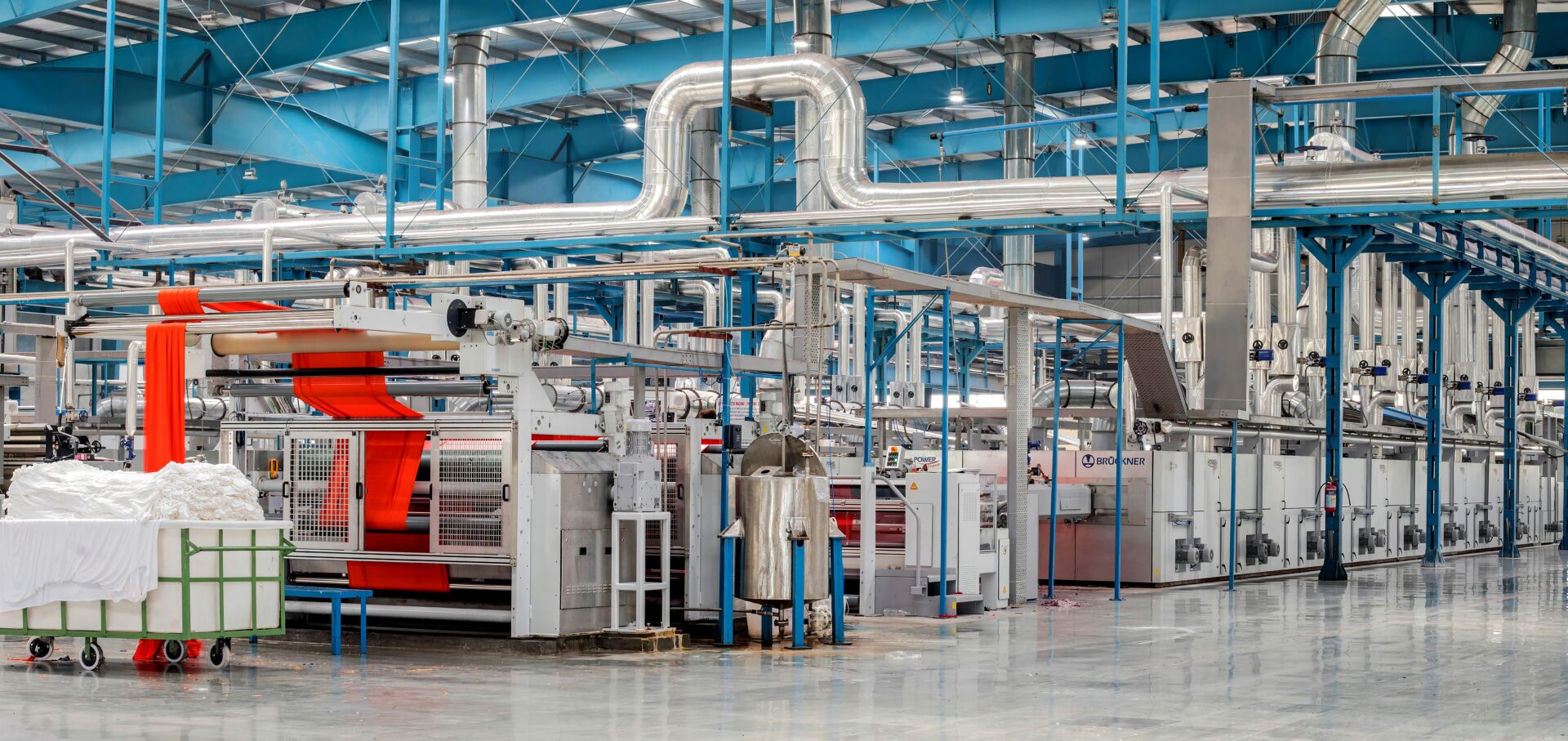Supporting working mums at Leyton UK
Even in the best of circumstances, we know that it can be challenging to balance a successful car...

The UK Government has confirmed plans to merge the SME Scheme and RDEC into a single R&D tax relief scheme for research and development activities. This announcement follows the initial proposal made during the earlier Spring Budget and will take effect from 1 April 2024.
It achieves the government’s ambition of creating “a simplified, single RDEC-like scheme for all” following their R&D Tax Reliefs Report, which explored the case for merging the two schemes into a single relief scheme for R&D.
So, why has the government decided to merge the two schemes? And what does that mean for UK businesses? To help explain the context behind the changes, we’ve explored the government’s reasoning as well as answered some common FAQs regarding the new merged R&D scheme.
From 1 April 2024 there will be a single R&D scheme that applies to all UK companies, regardless of their size (except when they are classed as being an “R&D intensive” SME). Here’s what we know about the merged R&D scheme:
The government is considering merging the schemes into an RDEC-like benefit for several reasons. They aim to:
The government has been on a mission to simplify R&D Tax Relief. Compared to other countries, the UK was in the usual position of having two R&D Tax Credit schemes, which made merging the schemes an obvious candidate for tax simplification.
The government believes that RDEC provides clearer information for decision-makers about how much their business will receive upfront. With RDEC, companies receive relief as an “above-the-line credit”. For the R&D SME Scheme, the exact amount of the relief can only be calculated with certainty after the end of the accounting period. The government see RDEC as providing earlier and clearer certainty, helping businesses budget for R&D as well as making it much more attractive to investors who can factor in the credit while making investment decisions.
As mentioned above, giving more visibility to potential investors is a key consideration for HMRC, because the government is pushing for more investment in the UK. When they launched their reform consultation, they said the reform aims to “drive innovation and grow the economy.”
Separately, the government has conducted research suggesting that the RDEC scheme is more likely to stimulate private research and investment than the SME scheme, simply because the above the line credit offers greater certainty.
When HMRC commissioned an Evaluation of the R&D Tax Relief for SMEs, they found that 18% of SMEs found the process difficult (only 27% said that they found the process easy and the rest were somewhere in-between).
HMRC admitted that there are some ambiguities between the two schemes, which might cause confusion, such as when R&D work is subcontracted. In some other instances, a company may file an R&D Tax Credit claim for the same or multiple projects under both the SME scheme as well as RDEC. The merged R&D scheme reduces these ambiguities.
HMRC estimates that during 2021-22 the level of fraud and error was at £430 million (7.3%) for the SME R&D scheme and £39 million (1.1%) for RDEC.
These statistics inspire the April 2023 changes to R&D Tax Credits, many of which are designed to prevent abuse of the SME scheme and reduce the chance of errors being made. As the government see RDEC as having a much lower level of error and fraud, this steered them towards merging the schemes to something that resembles RDEC for all businesses.
When the initial reforms to R&D Tax Reliefs were announced, the government supported its decision with a note from the Office for Budget Responsibility (OBR), which said that they “expect the reform to save £1.3bn per year by 2027/28”. While the reforms were only a step towards a single R&D scheme, the line from the OBR is revealing – the trajectory of the reforms are expected to save money and deliver better value.
In December 2022, a policy update at the Research and Development Communication Forum reported that:
The SME scheme costs almost twice as much as RDEC and is, as it stands, significantly more generous. Yet HMRC estimate that RDEC incentivises £2.40 to £2.70 additional R&D for every £1 of public money spent, whereas the SME scheme incentivises £0.60 to £1.28 of additional R&D.
Again, it’s clear that RDEC has been considered to incentivise more R&D and therefore deliver better value for the UK taxpayer as well as boosting productivity.
This drive to deliver value was confirmed earlier this year, when the Financial Secretary to the Treasury wrote in the R&D Tax Reliefs Review Consultation that any new system would be “underpinned by the effective application of taxpayers’ money”.
The new rules represent a huge shift in how businesses can claim R&D Tax Credits in the future. While the changes aim to simplify the relief process, the complexity of the changes themselves and the upheaval they will likely cause may cause confusion and uncertainty.
That’s where we can help. We have an in-depth knowledge of HMRC’s regulations, so we’ll be able to guide you on how the new rules will affect your R&D claims. We’ll make sure that you’re in compliance with the new rules while also unlocking the full potential of the benefit that you can claim.
If you enjoyed this article, you might also like:
Explore our latest insights

Even in the best of circumstances, we know that it can be challenging to balance a successful car...

Small and Medium-sized enterprises (SMEs)are the lifeblood of innovation in the UK. We’ve dived i...

Full expensing is a first-year allowance that allows businesses to reduce their tax liability and...

To help businesses understand if their work qualifies for R&D Tax Relief and to make sure tha...